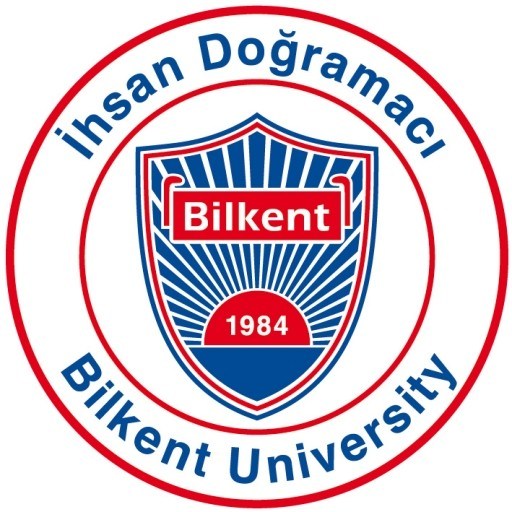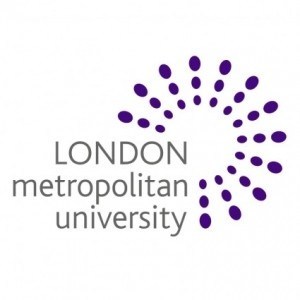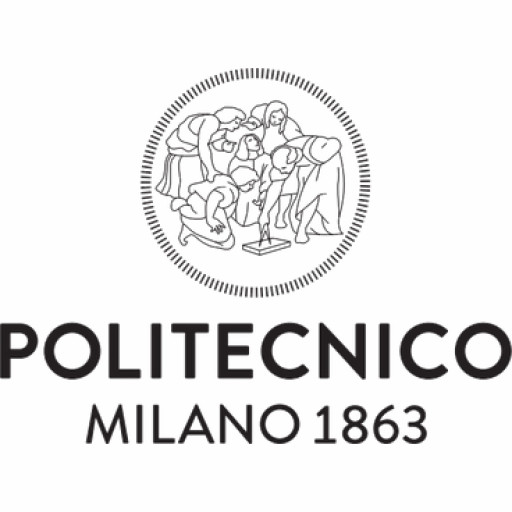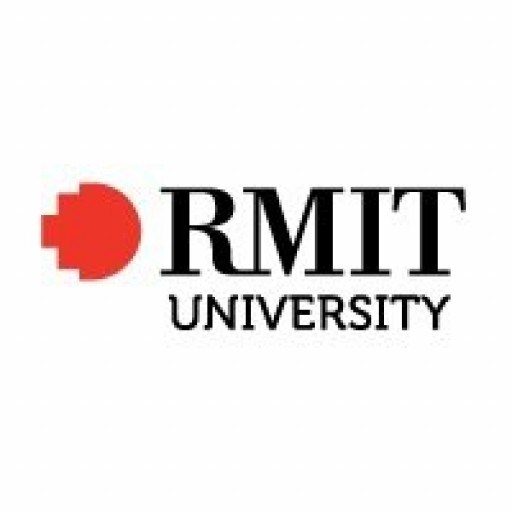Photos of university / #bilkentuniv
The Bachelor’s Degree in Interior Architecture and Environmental Design at Bilkent University offers a comprehensive and innovative education aimed at nurturing skilled designers capable of transforming interior spaces in various contexts. The programme integrates theoretical knowledge with practical skills, emphasizing sustainable design principles, aesthetic considerations, and technical proficiency to prepare students for diverse professional settings in interior architecture and environmental design. Students are introduced to the fundamentals of spatial organization, lighting, acoustics, climate, and materials, ensuring they understand how these elements influence human experience and comfort within indoor environments. The curriculum covers a wide spectrum of topics including design theory, history of architecture, computer-aided design (CAD), building systems, and ergonomics, providing a balanced foundation of knowledge essential for effective spatial planning and interior development. Emphasizing creativity and innovation, the programme encourages students to develop their personal design approach through studio projects, workshops, and collaborative work with industry professionals. Special focus is placed on sustainable and environmentally responsive design practices, equipping graduates with the ability to create spaces that are not only functional and aesthetically pleasing but also environmentally responsible. The programme also offers opportunities for internships and real-world application through partnerships with architectural firms, interior design studios, and construction companies, facilitating students' transition into the professional world. Graduates of the programme are prepared for careers in interior architecture, environmental design, space planning, and related fields, working on projects that range from residential and commercial interiors to public and institutional spaces. The education provided by Bilkent University aims to develop well-rounded professionals with critical thinking, technical expertise, and a strong ethical perspective, ready to meet the changing demands of the built environment and contribute positively to society through innovative design solutions.
The Interior Architecture and Environmental Design program at Bilkent University offers a comprehensive curriculum aimed at developing proficient professionals capable of creating innovative, functional, and sustainable interior spaces. The program combines theoretical knowledge with practical experience, emphasizing the importance of design principles, spatial organization, and environmental sustainability. Students are introduced to a wide range of subjects including architectural design, interior architecture, human factors, lighting, acoustics, materials, and sustainable design strategies. The curriculum fosters critical thinking, creativity, and technical skills through studio-based projects, seminars, and workshops, encouraging students to explore innovative solutions tailored to diverse client needs and environmental considerations.
Throughout the program, students gain hands-on experience using state-of-the-art design software and tools, enabling them to produce detailed drawings, 3D visualizations, and presentations that effectively communicate their ideas. Emphasis is also placed on understanding the cultural, social, and environmental contexts of design, preparing graduates to address contemporary challenges such as urbanization, climate change, and resource efficiency. The program is designed to promote interdisciplinary collaboration, linking interior architecture with environmental design principles to create spaces that are not only aesthetically pleasing but also environmentally responsible.
Bilkent University's strong emphasis on research, innovation, and academic excellence ensures that students are equipped with up-to-date knowledge and skills required for professional practice. Graduates of the program are prepared to work in diverse sectors, including architecture firms, interior design studios, corporate offices, hospitality, healthcare, and public spaces. They are also encouraged to pursue further academic opportunities or engage in research that advances the field of interior architecture and environmental design. The program aims to produce ethically responsible professionals who are committed to sustainability and social well-being, capable of designing interior environments that positively impact people's lives and the planet.
The Interior Architecture and Environmental Design program at Bilkent University is structured to provide students with comprehensive knowledge and practical skills in interior architecture, environmental design, and related disciplines. The program requires students to complete a series of core courses, elective courses, studio projects, and a final thesis or project. Core courses include topics such as design fundamentals, architectural drawing, building technology, and environmental systems, ensuring students acquire a solid foundation in both theoretical and applied aspects of interior architecture. Elective courses allow students to specialize in areas such as sustainable design, lighting design, furniture design, or historic preservation, fostering a broad and flexible academic experience.
Students are expected to engage in extensive studio work, which emphasizes hands-on learning, creative problem solving, and the integration of design principles with technical knowledge. The program also encourages interdisciplinary collaboration, often involving courses with other departments such as architecture, engineering, and art and design. Practical training is supported by workshops, internships, and site visits, enabling students to gain real-world insights and professional experience. The final requirement for graduation typically involves completing a comprehensive design thesis or project that demonstrates proficiency in conceptual development, technical execution, and presentation skills.
Throughout the program, students are assessed through a combination of coursework, studio projects, examinations, and portfolio evaluations. The curriculum is regularly updated to reflect current industry standards and innovative design practices. Graduates of the program are equipped to pursue careers in interior architecture, environmental consultancy, design firms, or continue their education through postgraduate studies. The program emphasizes sustainable design principles, user-centered approaches, and the integration of technology, preparing students to create innovative and contextually responsive interior environments.
Want to improve your English level for admission?
Prepare for the program requirements with English Online by the British Council.
- ✔️ Flexible study schedule
- ✔️ Experienced teachers
- ✔️ Certificate upon completion
📘 Recommended for students with an IELTS level of 6.0 or below.
The Interior Architecture and Environmental Design program at Bilkent University offers a comprehensive financial plan to support students throughout their studies. The university provides a range of scholarship opportunities, including merit-based, need-based, and athletic scholarships, designed to assist both local and international students in affording their education. Merit scholarships are awarded to students demonstrating outstanding academic achievement, while need-based aid is available for students who demonstrate financial need, ensuring access to quality education regardless of economic background. Additionally, Bilkent University offers a number of partial and full scholarships that can significantly reduce tuition costs, along with stipends for selected students to support living expenses.
Admission to the program is competitive, and scholarship applications are typically submitted concurrently with the application process. Successful recipients benefit from reduced tuition fees, which can vary depending on the scholarship type and individual circumstances. The university also provides guidance on external funding sources, including national and international scholarship programs, grants, and financial aid options that students can pursue to supplement their funding. The cost of attendance at Bilkent University includes tuition fees, which are subject to annual review and adjustment, as well as other expenses such as accommodation, food, transportation, and personal supplies. Dormitory accommodation is available on campus or nearby, often at competitive rates, offering students convenient access to university facilities.
Students are encouraged to plan their finances carefully and explore all available options to support their education. The university's financial aid office provides counseling and assistance to help students understand their options and complete necessary documentation. Payment plans are available for tuition fees, allowing students to spread their expenses over several installments, easing financial pressure. The program’s location in Ankara, a city with a relatively lower cost of living compared to other major cities, can also help students manage their overall expenses more effectively.
In summary, the Interior Architecture and Environmental Design program at Bilkent University is supported by a diverse array of financial aid options, scholarships, and flexible payment plans designed to make higher education accessible and affordable. The university’s commitment to student success is reflected in its efforts to reduce financial barriers and promote academic excellence.
The Interior Architecture and Environmental Design program at Bilkent University offers a comprehensiveeducation that combines artistic, technical, and theoretical approaches to designing interior spaces. Theprogram aims to prepare students to meet the challenges of creating functional, sustainable, and aestheticallypleasing environments in diverse settings such as commercial, residential, institutional, and public spaces.Throughout the curriculum, students are introduced to various design principles, techniques, and softwareapplications essential for modern interior design practice. They receive training in spatial planning, lighting,ergonomics, material selection, furniture design, and environmental sustainability. The program emphasizesthe importance of understanding human behavior and cultural contexts to craft designs that enhance qualityof life and user experience.Students benefit from a balanced mix of studio work, lectures, workshops, and internships that fostercreativity, critical thinking, and problem-solving skills. The university encourages interdisciplinarycollaboration, allowing students to work with peers from architecture, engineering, and art departments.This approach broadens their perspective and prepares them for complex real-world projects. Thefaculty comprises experienced academics and industry professionals dedicated to mentoring studentsand guiding their professional development. Graduates of the program can pursue careers in interiorarchitecture firms, design consultancies, real estate developers, or start their own design businesses.Bilkent University also supports research and innovation in interior environment design, keeping theprogram aligned with current trends and technological advancements. Overall, the Interior Architecture andEnvironmental Design program at Bilkent University provides students with a solid foundation in designtheory and practice, equipping them with the skills necessary to become successful professionals in theinterior design industry.







